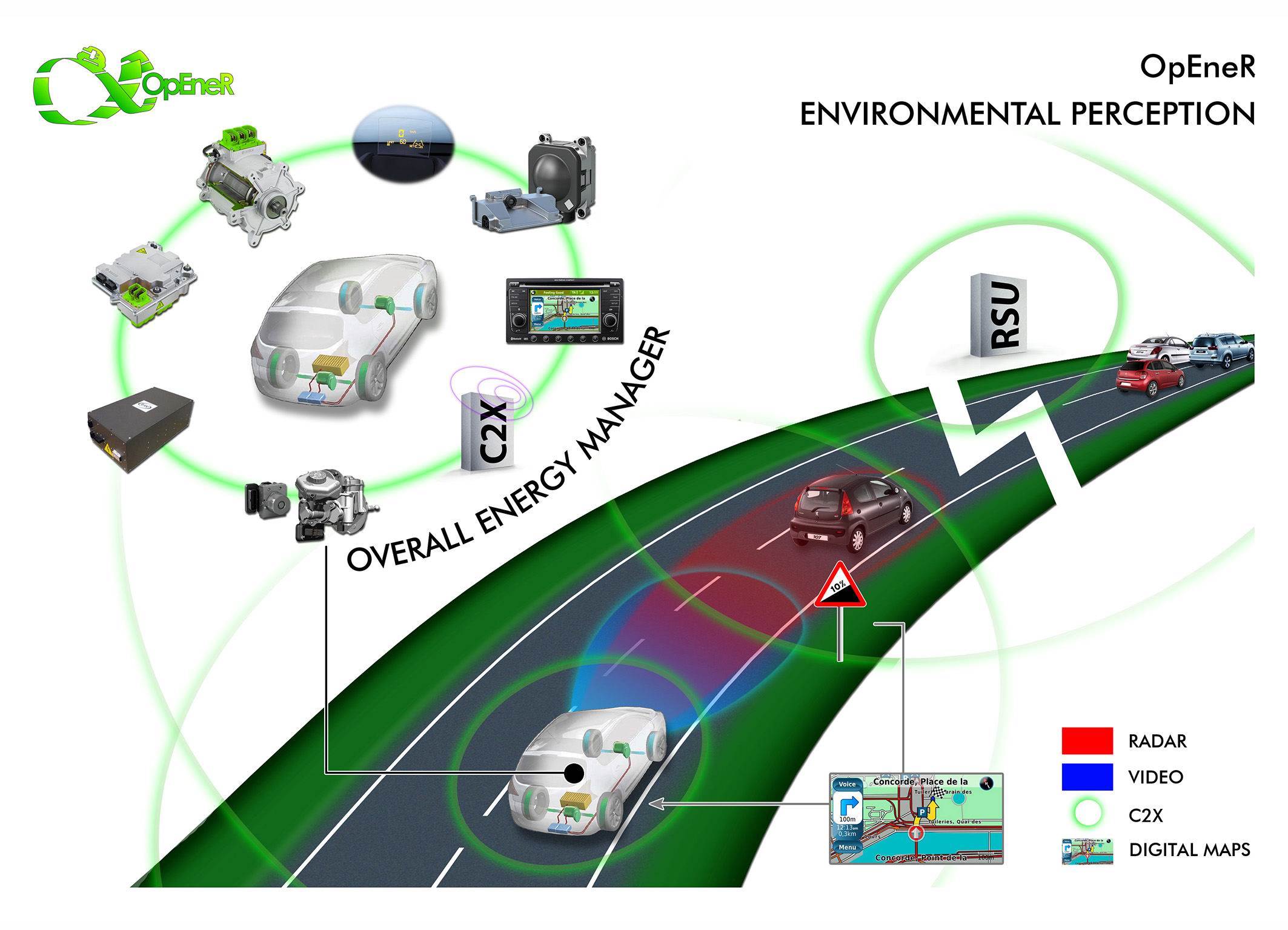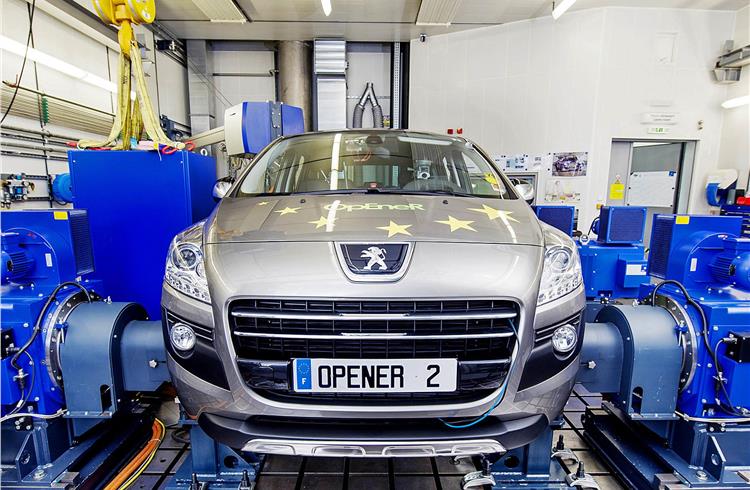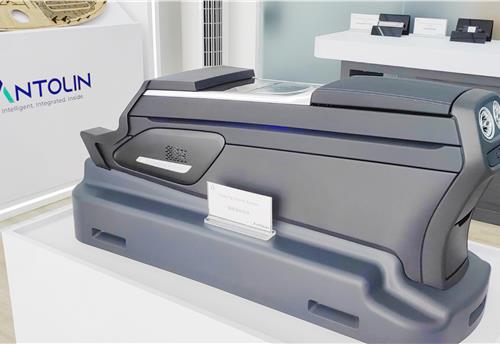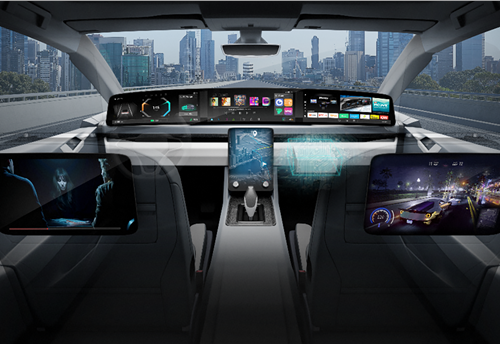European research project reveals its findings for improved mileage from full EVs
At its final review in Vigo, Spain, on July 17 and 18, the European research project OpEneR presented collaboratively developed driving strategies and driver assistance systems
At its final review in Vigo, Spain, on July 17 and 18, the European research project OpEneR presented collaboratively developed driving strategies and driver assistance systems that will significantly improve the efficiency and safety of both electric and hybrid vehicles in the future.
This greater efficiency will help unlock the market for fully electric and hybrid vehicles: by increasing driving range without enlarging the battery. Engineers and researchers have worked to improve the electrical powertrain, regenerative braking system, navigation system, and the surround sensors, as well as on functions that connect these elements with each other. The two fully operational EVs they have built have already demonstrated an impressive potential for making driving in real conditions more economical.
OpEneR, which stands for “optimal energy consumption and recovery based on a system network,” was launched in May 2011. The project partners are the Austrian powertrain development company AVL List GmbH, the Spanish research institute Centro Tecnológico de Automoción de Galicia (CTAG), the German research institute Forschungszentrum Informatik Karlsruhe (FZI), PSA Peugeot Citroën, and the German companies Robert Bosch GmbH and Robert Bosch Car Multimedia GmbH. The project is a European research project under the Seventh Framework Program, co-funded by the European Commission – Directorate Communications Networks, Content and Technology. The total budget was 7.74 million euros (Rs 63 crore), 4.4 million euros (Rs 36 crore) of this sum in the form of subsidies. The project was led by Bosch.
One task was the development of ‘eco routing’. This considers the specific needs of an EV when calculating the best route. The navigation system now continuously factors in the car's real energy consumption behaviour. Test drives demonstrated energy consumption savings of up to 30 percent in return for a longer travel time of just 14 percent. Shortcuts in inner-city traffic proved to be a particularly effective way of increasing efficiency.

Various solutions increase driving efficiency
It has long been widely accepted that a proactive driving style is the most effective way to reduce fuel consumption. The behaviour of the ACC adaptive cruise control has therefore been especially adapted to an economical driving style. Additionally, enhanced map data also includes information on inclines, declines, and speed limits, while car-to-infrastructure communication provides information about traffic lights. These data create an electronic horizon that can be used to further optimise both the ACC function and the coasting function. This feature tells drivers when to lift the accelerator pedal as they approach city boundaries or speed limits. The transmission then switches to idle, making the most of the car's momentum.
An intuitive HMI concept and an attractive cockpit based on a freely programmable TFT display also have been designed to make all the relevant information easy to read. In addition, the enhanced map data makes the calculation of the remaining mileage significantly more accurate and transparent to the driver.
A further major task was to find the ideal interaction between the electrical powertrain and the regenerative braking system. For the best possible recuperation, engineers equipped the two Peugeot 3008 e-4WD demo cars with the Bosch iBooster, an electromechanical brake booster, and an ESP brake control system specifically adapted for electric vehicles. The powertrain concept comprises two electric motors – one per axle – that can both drive as well as recuperate. On that technical basis, the partners have developed innovative recuperation strategies, including a regenerative brake force distribution between front and rear, optimizing recuperation rates as well as vehicle stability.
To support the development process, the team used advanced co-simulation techniques, including realistic vehicle and environment interaction. A seamless approach was employed to enable fast migration of the developed functions and their simulated test cases for further development and validation on the AVL InMotion powertrain testbed.
As these features were incorporated into the two prototypes, numerous test drives were performed. To evaluate the efficiency gain, the simulation tools and testbeds developed by AVL, Bosch, and FZI were used, as well as the private test tracks belonging to Bosch and CTAG, and CTAG's intelligent public road corridor. In comparison to a typical sporty driver, the operation strategies finally resulted in a reduced energy consumption of 27 to 36 percent, with an increase in travel time of between 8 to 21 percent – depending on the driver's willingness to follow the recommendations. Approximately 5 percentage points of the energy consumption reduction are due to intelligent torque distribution between the front and rear electric motors, which has no influence on travel time at all.
Photograph: The two vehicles that were built as part of the European research project OpEneR were intensively tested before being driven on roads: first virtually on a hardware-in-the-loop system, and then on a real AVL InMotion powertrain testbed.
RELATED ARTICLES
Antolin unveils sustainable tech solutions at Beijing Motor Show
In line with its China market roadmap, Antolin is showcasing its latest advances in lighting, HMI, electronics, and sust...
Visteon wins $1.4 billion in new business in Q1 2024, launches 26 new products
Digitisation of vehicle cockpit megatrend is a key growth driver for Visteon with over $400 million of displays wins; Vi...
BMW uses Catena-X ecosystem using real-world CO2 data to enhance quality
Working together with partners and suppliers, the company has modelled a complete data chain for the first time using re...





 18 Jul 2014
18 Jul 2014
 3055 Views
3055 Views





 Autocar Pro News Desk
Autocar Pro News Desk




